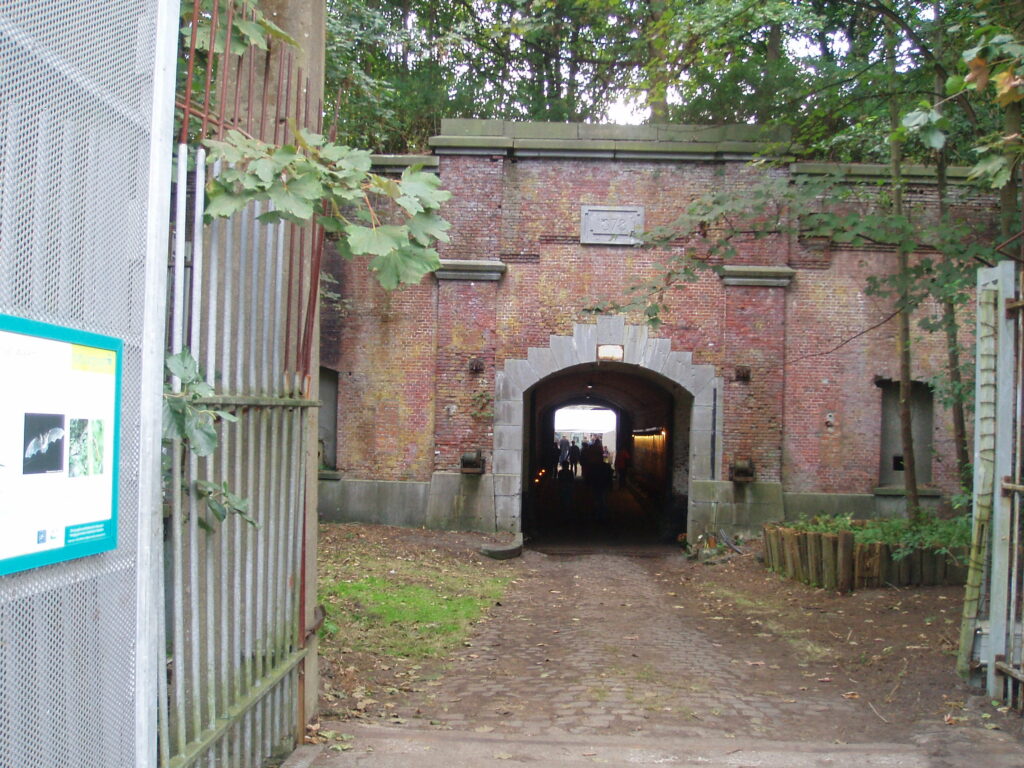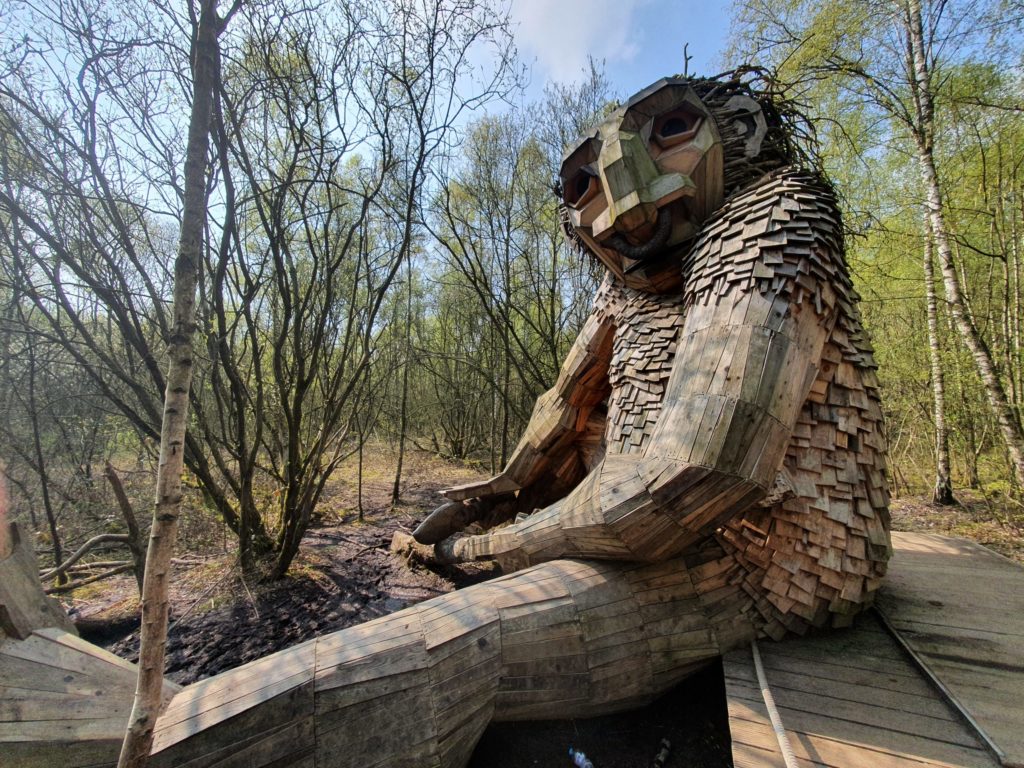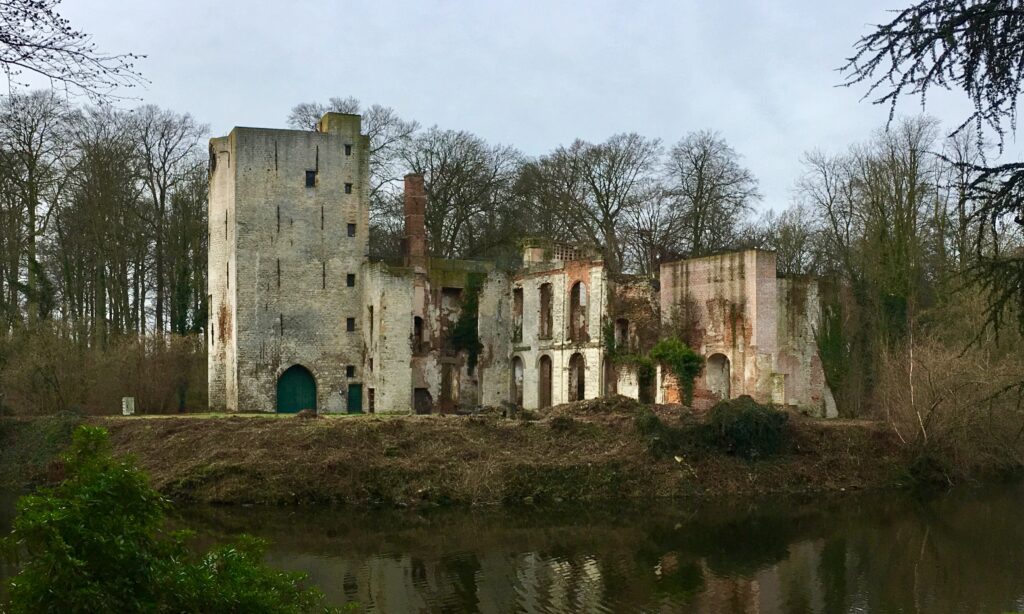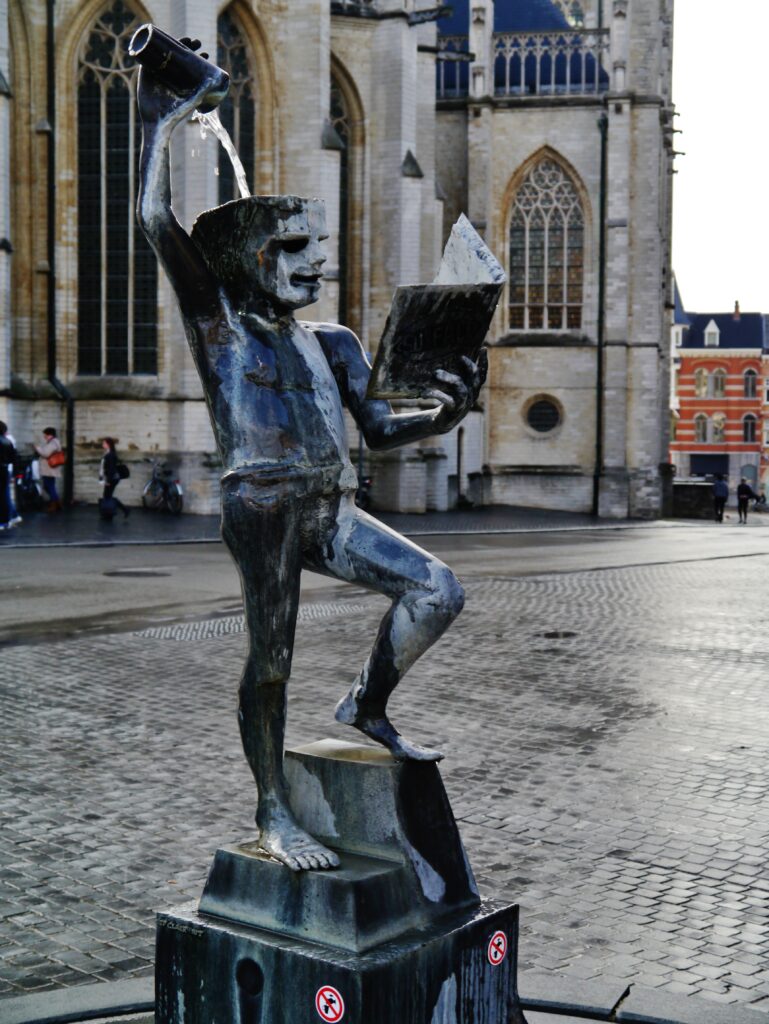
Walem Fort is a 19th-century fort in the village of Walem, in Mechelen, which was part of the former ring of fortifications surrounding the city of Antwerp.
Galerie photos
Construction
To defend the port city of Antwerp, a fortification belt was built around the city between 1859 and 1865, with an initial system of forts located 3.5 km from the main defensive wall. Its purpose was to protect the city from bombardments and prevent enemy occupation. Between 1870 and 1880, several elements were added to this first defensive ring, including the forts of Merksem, Kruibeke, and Zwijndrecht.
With the rapid development of artillery and the increased power of cannons, these forts no longer provided sufficient protection for Antwerp. As a result, new fortifications were constructed. Between 1878 and 1893, the forts of Lier and Walem were built, followed later by the forts of Schoten and Steendorp.
As a new type of explosive shell appeared around 1885, the brick vaults were no longer resistant to bombardments. It became necessary to reinforce the existing brick forts. This was mainly done by applying a layer of protective concrete to the brick buildings and adding armored elements to the forts. Most of these modifications were completed around 1906. New fortifications would from then on be built entirely out of concrete.
History
At the start of the First World War, 35 forts had been built around Antwerp. Not all construction work was finished and the armament remained insufficient. Nevertheless, there was confidence in the face of the German advance, as the Fortress of Antwerp was considered impregnable. Walem Fort was under the command of Captain De Witte.
Contrary to what is often claimed, Walem Fort was not bombarded with the famous and extremely heavy 420 mm Krupp gun, better known as “Big Bertha”. From 28 September 1914 onward, the fort was shelled with a variety of calibers, including heavy 305 mm shells. The population of Walem was ordered to evacuate that same day by the Belgian army. The two heavy coastal batteries firing the 305 mm shells at Walem Fort were originally located in Hofstade and Elewijt. After 1 October, these guns were moved to Zemst-Laar and Hombeek (Heyhof) to bombard Breendonk Fort, which was hindering German troop movements from Mechelen to Walem. German naval personnel assisted with targeting from the Saint Rumbold’s Tower in Mechelen. On 29 September, the German army (12th Reserve Infantry Regiment) had advanced to within 1,200 meters of the fort. On the first day, one of the gun turrets was put out of action. Over two days, 230 shells were fired at the fort. On 29 September, a shell hit the fort’s ammunition room. On 2 October, the defenders were forced to abandon the position. Among the Belgian soldiers, there were 40 dead and 60 wounded.
During the 1930 World Expo, the road running alongside the fort was straightened. During this work, part of the moat was filled in and the island reduced in size. The portion of the old road no longer in use was likely renamed “old road” at that time.
Between 1960 and 1992, the fort was used as a Civil Protection coordination center. It later served as an emergency reception center for asylum seekers before being abandoned. In 2006, the municipality of Mechelen decided to purchase the fort from the Belgian federal state, with the intention of transferring it to Natuurpunt.
Since 2009, the fort and its island have belonged to Natuurpunt and serve as an important refuge for bats.






